How to Connect and Steam Your iPhone or iPad to Your TV
There are numerous instances where the small display screen of your iPhone or iPad is just not enough to show movies, photos, or other visual content. iPhone tips and tricks in your favor: you can connect these devices to your big-screen TV through various methods. For more iPhone and Macbook related stuff, visit Macdentro.
It isn’t even necessary for you to have a fancy decent television in order to do it. We track down an assortment of straightforward techniques for screen mirroring that incorporate the utilization of a straightforward HDMI converter to streaming over wi-fi splendidly. Note that if your intention is to view streaming services such as Netflix or Hulu on your television, then it is neither necessary nor the most convenient way to mirror your iPhone or iPad.
What you really need to do is get an affordable media streaming device Roka Streaming Stick + or Amazon Fire TV Stick 4K-like, insert it in your TV, and operate it with the correct remote control. Here is a link to our guide on the best streaming devices. However, mirroring can be of use to you if you want to play back the videos you’ve taken on the device, display your photo library, present a slideshow, share social media with others, or show off your iOS gaming skills to the TV screen. Continue reading for the instructions.
Connect an iPhone or iPad with an HDMI cable
The easiest approach to join an iOS gadget to a TV is utilizing a wired connection. For an iPhone, iPad, or iPod contact with a Lightning connector, you should use Apple’s Lightning Digital AV adapter, which prices about $45. While cheaper third-party adapters are available, bear in mind that there is not going to assist streaming video apps that use copy safety, resembling Netflix.
(You’ll additionally want to produce your individual cable, so think about getting an HDMI cable that’s at least 15 feet long if you wish to sit a snug distance from the TV.)
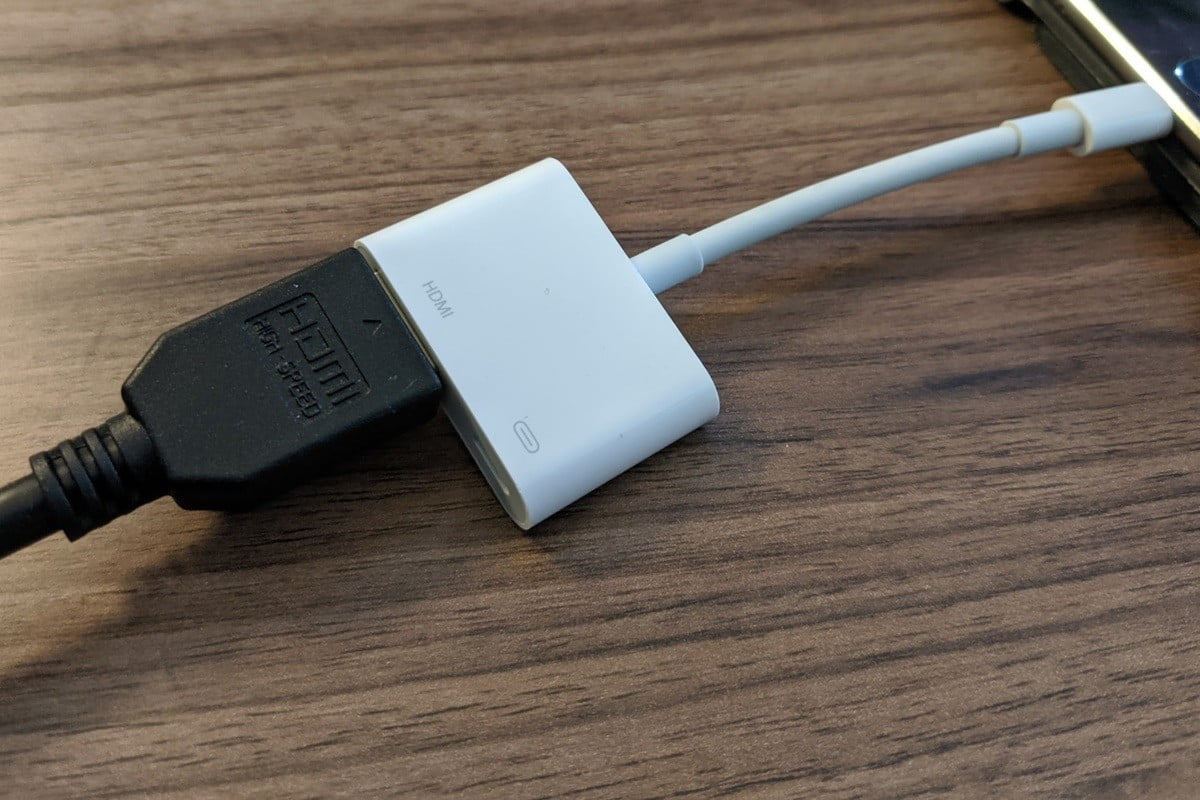
Setup is easy: Just plug the HDMI cable into your TV on one end and the adapter on the other, plug the Lightning cable into your iOS device and set the TV to the appropriate input. You can also plug a charger into the adapter’s second Lightning port to keep your iOS device’s battery from draining. Don’t miss our guides to the best movies available for streaming. 
As for older iOS units with 30-pin charging ports, Apple not sells its personal 30-pin-to-HDMI adapter, however, you’ll find third-party choices, resembling this model from JIMAT, on Amazon. (As with third-party Lightning adapters, these won’t work with streaming video apps.) For older tube TVs, Apple does proceed to promote its Composite A/V cable for $39, although customers report that connecting this cable with a Lightning-to-30-pin adapter solely helps audio output. That means you won’t have the ability to join it with a more recent iPhone for pictures and video playback.
iPhone to Apple TV via AirPlay
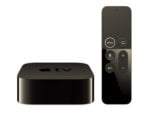
Apple TV 4K
- Ensure that both the Apple TV and iOS device are on the same Wi-Fi network.
- If you have an iPhone X or newer or an iPad running iOS 12 or later, swipe down from the upper-right corner to reveal the Control Center. Otherwise, swipe up for Control Center instead.
- Tap the “Screen Mirroring” button.
- Select your Apple TV from the list. (If you have multiple Apple TVs, consider labelling each one based on the room it’s in.)
- On your iOS device, enter the four-digit code that appears on your TV screen. (By default, you’ll only need to do this once for each device.)
- To disconnect from the TV, follow steps 1 through 3, and then select “Stop Mirroring” from the list.

Keep in mind that with many video and audio apps, mirroring isn’t necessary. Instead, you can just tap the AirPlay icon during audio or video playback. (it looks like a TV with a triangle at the bottom), and then select your Apple TV from the device list. Alternatively, bring up Control Center and tap the AirPlay icon (it looks like a concentric circle with a triangle at the bottom). Using AirPlay with these methods consumes less battery than mirroring, and it allows you to use the iOS device for other tasks while music and video play on the television.
Connect With Apple AirPlay
The easiest way to connect wirelessly is with Apple’s AirPlay feature, which already comes built into your device’s operating system. It allows you to mirror or cast content from your iPhone or iPad via the
If you have an Apple TV set up, make sure it’s connected to the same home Wi-Fi network as your iPhone or iPad. Open the Control Center on your device by swiping down from the top right of your iPhone or iPad’s screen, tap AirPlay Mirroring and select your Apple TV. Your Apple TV will mirror whatever is on your device’s screen. You can also just use AirPlay to stream media from the iPhone or iPad to the Apple TV, resembling favourite music, podcasts, films, TV reveals, and extra.
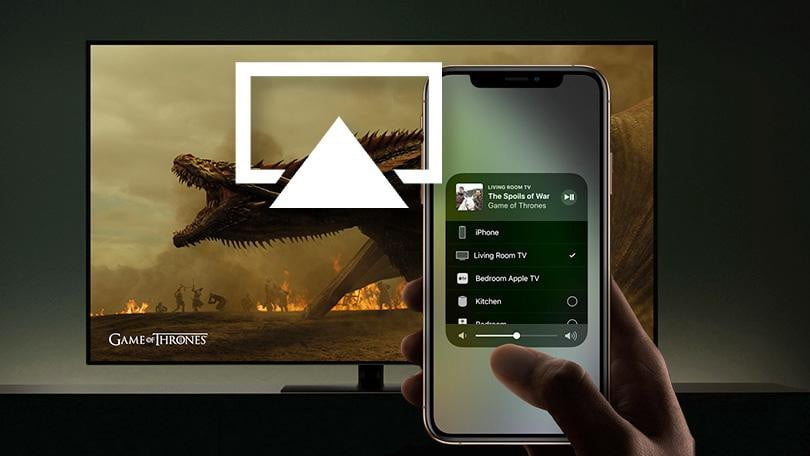
One warning regarding this method, though: in very crowded Wi-Fi environments, AirPlay video might break up or stutter. It should work fine in most homes, but if you have a problem, a cable might be your best choice.
Connect With a Cable
To connect your iPhone or iPad to your TV with a cable, you will need an adapter that can hook your iOS device to the cable, and Apple makes two kinds.
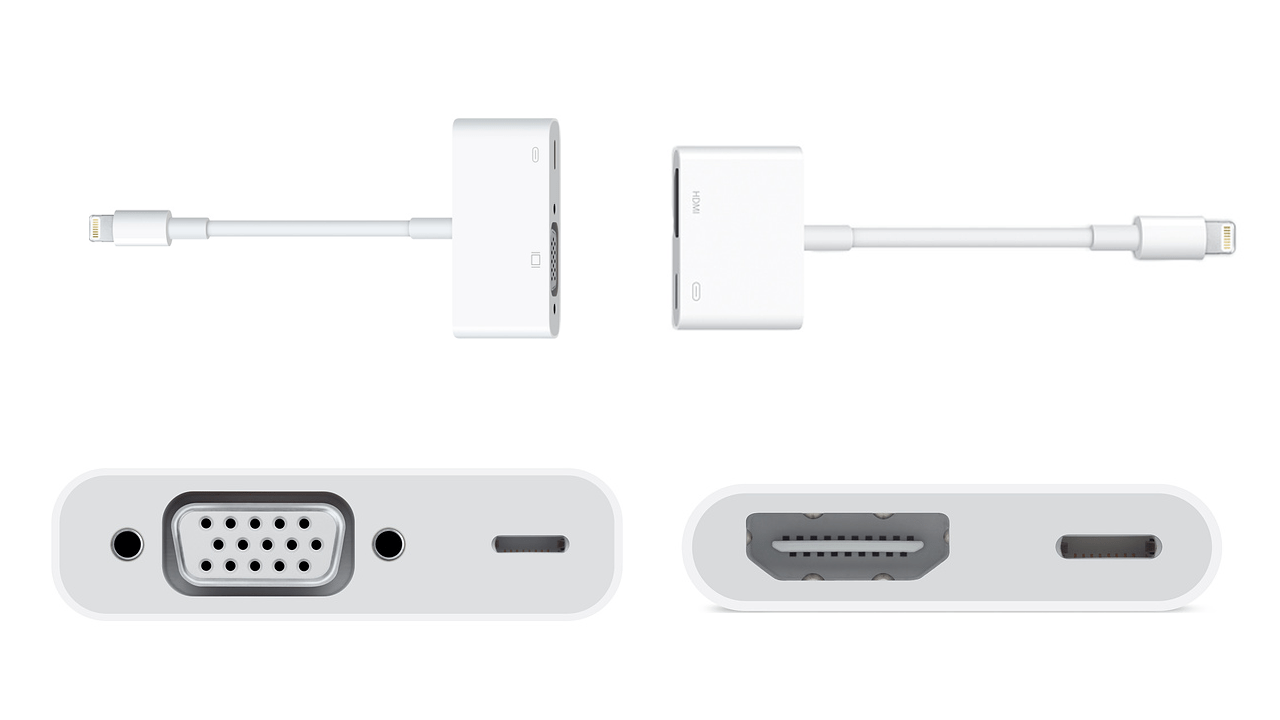
You’ll also need an HDMI or VGA cable to connect the adapter to the appropriate plug on the back of the TV in order to use both adapters. Any will suffice, so go for the cheapest option you can find. Connect the Lightning cable end of the adapter to your iPhone or iPad, and the HDMI or VGA cable to the other. To view your device’s screen, connect the cable to the back of the television and switch the TV’s input to the port with the cable.
The second Lightning port can be used to charge your device, but the adapter does not need electricity to function. Instead, the connector may be used to charge your iPhone or iPad as you view videos. Long lengths of time spent streaming video content might deplete your device’s battery, so keep a charge handy.
Even if you’re trying to watch something in 4K or higher, the adapter will max out at 1080p when playing television or movies from iTunes or a streaming service like Netflix. Also keep in mind that dongles don’t function with all games and services, and anything delivered from your device to the TV will be delayed by a few seconds, making it less suitable for gaming.
Amazon also sells many third-party Lightning-to-HDMI cables, which are cheaper than the $49 options from Apple, but not all of these adapters will work. They lack High-bandwidth Digital Content Protection (HDCP), which prevents pirates from capturing high-def digital content for their own use.
Connect With Chromecast or Android TV Stick
Chromecast and Chromecast Ultra are basic, low-cost dongles that link into a TV’s HDMI port; the Ultra offers 4K and Ethernet connections. The Chromecast differs from other media streaming devices in that it does not have any apps preloaded on the dongle and instead relies solely on the content on your connected device.
While you can’t mirror your iPhone or iPad on the TV screen with a Chromecast as you can with an Apple TV, you can cast streaming media from your smartphone to the TV. The app can be used to turn the smartphone into a remote control when streaming video.
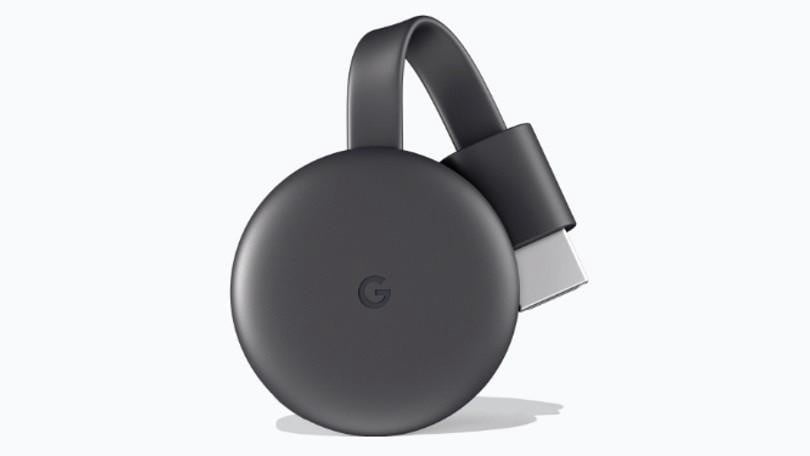
There are more DIY ways to connect your iPhone or iPad to your TV. For instance, you can get an Android-powered TV stick, plug it into the back of your TV, install the stick will be able to play unprotected music and video from the built-in apps on your device by using the AirPlay button. It won’t support screen mirroring or protected video streaming.
However, in the event you’re not conversant in Kodi and aren’t involved in studying how to use it properly, this approach can be more trouble than it’s worth. The sticks are slow, buggy, and unreliable, and Kodi support tends to break. While this is definitely a way to save money over an Apple TV (and the stick can run any Android app on your TV, which is cool), what’s your time worth? Probably more than the $50 difference.
Connect With a DLNA App
If you have an internet-connected TV, it most likely supports DLNA, a generic type of media streaming that is supported by a wide range of manufacturers. On your iPhone or iPad, you can stream unprotected music and video files—that is, home movies, personal recordings, and anything else that isn’t secured by Digital Rights Management (DRM). These programs will not work with media purchased from the iTunes Store.
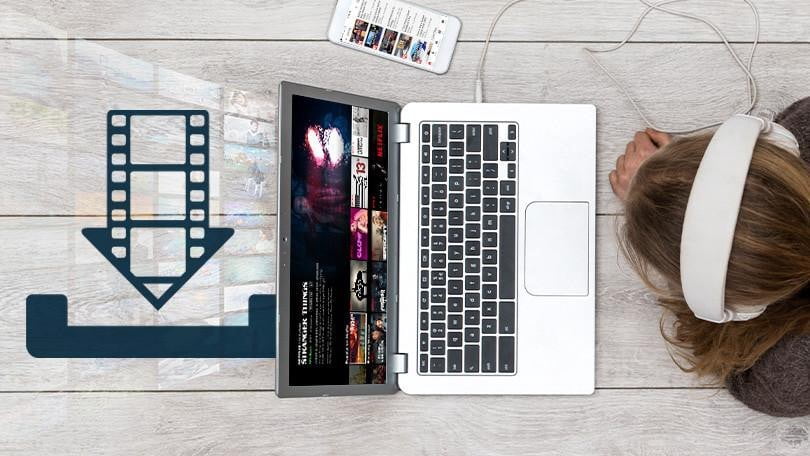
When it comes to DLNA, though, your iOS device isn’t the only option. Some apps will look at material on other devices, such as your PC, and operate as a middleman, allowing you to stream content from your PC to your TV, for example. You can stream to a variety of devices, including TVs, game consoles, and computers. To make it function, you don’t need to transcode any videos or install any extra codecs.
If your TV doesn’t appear when you try to use an app, you may need to enable the DLNA capability on it. Look for an option to stream from a PC or home server in the TV’s internet connection menu. That’s what DLNA stands for. For best sound with these connections you need best sound bar speakers which can be search and find at speakers at aumoz.com for best sound.
